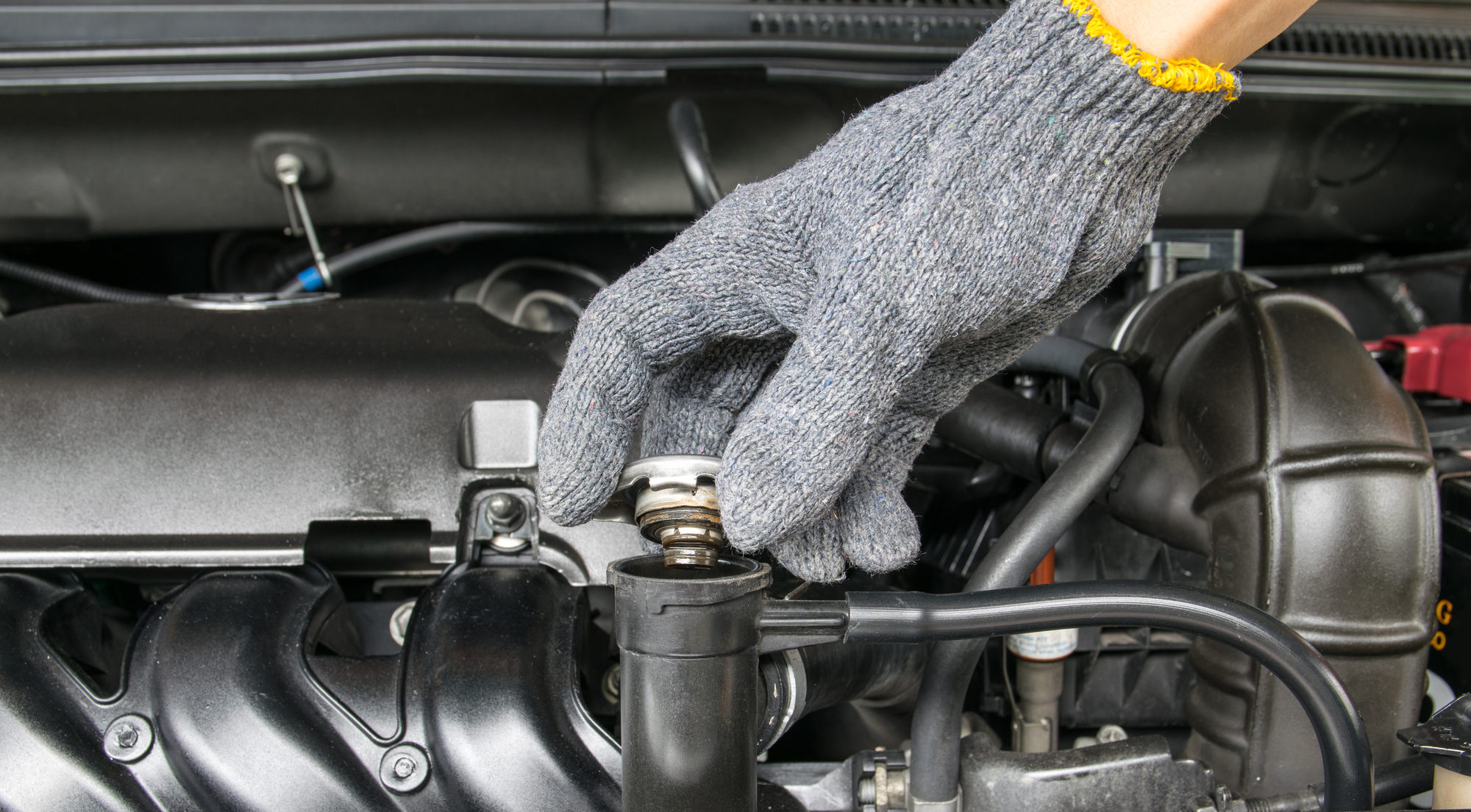Your car’s cooling system is like the unsung hero of your vehicle, silently working to keep your engine running smoothly and efficiently. While many drivers may only give it a little thought once there’s a problem, understanding the basics of your car’s cooling system can help you appreciate its importance and potentially prevent costly repairs down the road. So, let’s dive into Cooling System 101 and explore the anatomy of this essential component of your vehicle.
The Importance of Cooling
Before we delve into the intricacies of the cooling system, let’s first understand why it’s so crucial. Your car’s engine generates a tremendous amount of heat as it operates. Without a proper cooling system, this heat can quickly build up and cause severe damage to vital engine components.
Components of the Cooling System
The cooling system’s primary function is to dissipate this heat and maintain the engine’s operating temperature within a safe range. Here are some of the main components:
- Radiator: The radiator is perhaps the most recognizable component of the cooling system. It’s essentially a heat exchanger that helps dissipate heat from the engine coolant. As hot coolant flows through the radiator, air passing through its fins helps cool it down before it returns to the engine.
- Water Pump: The water pump is responsible for circulating coolant throughout the engine and the radiator. It ensures that coolant flows continuously, effectively carrying heat away from the engine to be dissipated by the radiator.
- Thermostat: The thermostat acts as a temperature-sensitive valve that regulates the flow of coolant through the engine. It remains closed when the engine is cold to allow it to warm up quickly and then opens once it reaches operating temperature to maintain optimal cooling.
- Hoses and Pipes: A network of hoses and pipes connects the various components of the cooling system, allowing coolant to flow freely. These hoses and pipes must be in good condition to prevent leaks and ensure proper coolant circulation.
- Coolant: Also known as antifreeze, coolant is a mixture of water and additives that help regulate the engine’s temperature. It prevents the coolant from freezing in cold temperatures and raises its boiling point to prevent overheating in hot conditions.
Maintenance Tips
Now that we’ve covered the basics, let’s discuss some essential maintenance tips to keep it running smoothly:
- Regularly check coolant levels and top up as needed.
- Inspect hoses and pipes for signs of wear or leaks and replace them if necessary.
- Have your cooling system flushed and refilled according to the manufacturer’s recommendations.
- Keep your engine’s cooling fins and radiator clean and debris-free to ensure proper airflow.
- If you notice any signs of overheating, such as steam coming from the engine bay or the temperature gauge reaching the red zone, pull over safely and turn off the engine to prevent damage.
Everyone is busy. We can help! Let us perform the maintenance on your car’s cooling system so that you can get back to the things you love doing. Schedule your maintenance today.
Your car’s cooling system may not be the flashiest part of your vehicle, but it plays a crucial role in keeping your engine running smoothly and efficiently. By understanding the anatomy of it and following some simple maintenance tips, you can help ensure that your car stays cool and reliable for miles to come. So, the next time you hit the road, take a moment to appreciate the unsung hero under your hood – your car’s cooling system.





